
Some technological advancements have such an impact that nothing is left untouched by those changes. Our children’s education would be incomplete without a working knowledge of these developments and the changes they have brought to the world.
Johann Gutenberg’s invention of the printing press is one such world-changing development.
Not only did Johann Gutenberg invent a machine to quickly and accurately reproduce the written word, he used it to reproduce the Word of God. Printing the Bible changed the course of history and of the Christian Church. The invention of the printing press allowed the development of major historical movements–like the Reformation and the American Revolution.
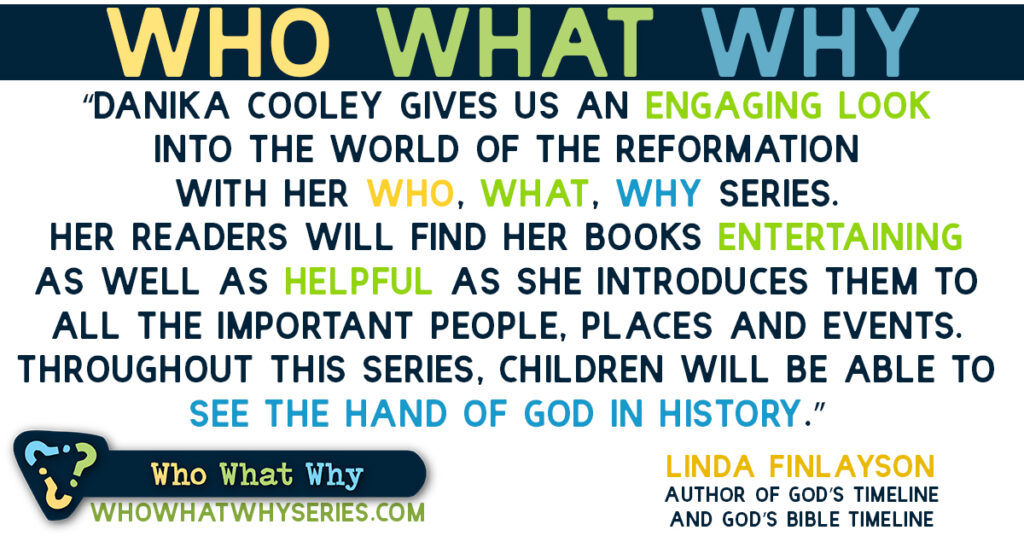 Teach your kids about Christian history with the Who What Why series for 8-11 year olds!
Teach your kids about Christian history with the Who What Why series for 8-11 year olds!
Johann Gutenberg and the Printing Press
Our kids need to know about Johann Gutenberg and the printing press–and how it prepared the way for the Reformation!
My narrative history from Christian Focus Publication, What Was the Gutenberg Bible?, is a fun way for your kids to learn about a secretive inventor and the machine he used to print the Book that changes lives, history, and the world.
God used Johann Gutenberg and his printing press to change the world. The ability to quickly and accurately reproduce God’s Word meant the Bible could be read by priests, seminary students, and the common people. It allowed for the translation and distribution of Scripture to people across the world. The ability to read and teach from God’s Word changed the Church–and global history.
If your child worships in a church where the Bible is taught in their own language and the gospel of Jesus is proclaimed, Johann Gutenberg and the printing press had something to do with that!
WHAT WAS THE GUTENBERG BIBLE?
Johann Gutenberg invented a world–changing machine that meant people could read God’s Word for themselves. The world could share ideas, discoveries, and news. God’s Word could be quickly, inexpensively and accurately reproduced. Help your 8–11 year–olds discover how the printing press paved the way for the Reformation.
Amazon | Thinking Kids Press | Christian Book
Just fifty years after twelve Death Ships pulled into the harbor in Sicily, and a decade after an English professor secretly translated Latin words into English, a man named after his house defied all odds and created a machine that would spread words across the world like dandelion seeds. The interesting thing about history is it is like a line of dominoes standing on end. Every event is a result of things that happened before. Once things happen, they impact what comes next–just like dominoes knocking each other over.
What Was the Gutenberg Bible?, Danika Cooley (Christian Focus Publications, 2021), page 6

Toilet Paper Rolls Craft
Kids learn through story and hands-on activities. Check out this fun video I made of the Johann Gutenberg and the printing press toilet paper rolls craft!
Johann Gutenberg Printing Press Supplies

- Cardstock (colored and white)
- Scissors
- Glue
- Pencil
- Permanent Marker
- Toilet Paper Rolls
- Hot Glue
- Acrylic Paint (brown)
- Printable Templates with Instructions
- Don’t forget this fun book that will help your kids learn all about Johann Gutenberg and the printing press: What Was the Gutenberg Bible?


Gutenberg Printing Press Invention | Instructions
Your child’s representation of Johann Gutenberg and the printing press are a great way to help them consider what they learn as they read What Was the Gutenberg Bible? from the Who What Why series!
1) Print your templates and labels.

Print the Johann Gutenberg and printing press templates on cardstock, print the label and Gutenberg Bible on cardstock as well. Cut out the labels and Bible.
2) Print and cut out the Johann Gutenberg template pieces.
Print the template page from the step-by-step instructions and cut out the pieces.
Lay the template pieces over the cardstock in the colors your child would like to use for Johann Gutenberg. For historically accurate colors, use light brown, dark brown, blue, white, red, and skin-toned cardstock.
Trace the head pattern on the paper selected for the skin tone. Trace the beard and mustache patterns on the light brown paper. Use dark brown paper for the hat border, and red for the hat. Cut out the shapes you have traced.
3) Assemble the head of Johann Gutenberg.

Glue the beard and the moustache to the bottom side of the head. Attach the moustache just above the top part of the beard, in the middle of the face. Keep a small gap between the beard and the moustache for the mouth.
Glue the hat border along the bottom of the hat.

You’ll want to give Johann Gutenberg a face. Use a permanent marker to draw his face–keep it simple, as shown. Use your permanent marker to draw a wavy pattern on the white strip.
Glue the hat to Johann Gutenberg’s head.
4) Assemble the body of Johann Gutenberg.

Cut a piece of blue cardstock to cover the toilet paper roll. Glue the white strip along the top side of the paper.

Glue the paper onto the toilet paper roll.

Glue the head of Johann Gutenberg to the front of his body.
5) Apply the Johann Gutenberg label.

Glue the Johann Gutenberg label on the front of your Johann Gutenberg figure.
6) Print and cut out the printing press template pieces.
Print the template page from the step-by-step instructions and cut out the pieces.
7) Create the structure for the printing press.

Partially flatten one toilet paper roll by pressing it against a flat surface with the palm of your hand. Don’t completely smash the roll.

Do this step for your child: Cut a slit into the top of the the partially flattened toilet paper roll, slightly below the middle.
The slit should be thick enough to insert a cardboard piece through it, roughly 2 inches across. Next, cut another slit of the same size on the other side.
Cut a cardboard rectangle with a width of 1.9 inches and a length of 7 inches.

Insert the cardboard rectangle through both slits. Pull through so there is 1.5 inches of cardboard on the left side of the flattened toilet paper roll.
8) Assemble the printing press.

Attach the open ends of the two wide U-shaped pieces on the left hand side of the toilet paper roll, on either side of the 1.5 inch piece of cardboard, as shown. You may want to use a hot glue gun.
On the right side of the flattened toilet paper roll, fold 2 inches of the longer side of the cardboard piece upward.

Fold small tabs on the open ends of the small U-shaped narrow piece. Hot glue the tabs to the lower side of the cardboard rectangle, just before the rectangle folds up, as shown.

Glue the four cardboard strips to the open corners of the U-shaped pieces. This will join them with the middle cardboard piece.

Set your printing press structure upright. Glue the oval-shaped cardboard cutout to cover the top end of the flattened toilet paper roll.
9) Decorate the printing press and apply your Bible label.

Your child can paint the printing press with brown acrylic paint. Have them cut two pieces of paper to make the Gutenberg Bible pages. Glue those pages to the printing press once it dries, and have them apply their Bible label on the press where they’d like.
10) Display your Johann Gutenberg and the printing press toilet paper rolls craft.

Johann Gutenberg and the printing press are great
reminders of every thing your kids will learn as they read
What Was the Gutenberg Bible?,
from the Who What Why Series Christian history books!

Learn more about the Who What Why series and get your FREE Abolition Lapbooks here.
Bible Resources for Your Kids
Learn More HereLearn More HereLearn More HereLearn More HereLearn More HereLearn More Here
Christian Biographies for Kids | Christian History for Kids | Theology for Kids

Christian History Matters for Our Kids.
History matters. Now, more than ever, we see how important it is for our children to know and understand history and the Bible.
Here’s why:
- God is the sovereign ruler of all things. It’s important for our kids to see his hand in the history of nations and in the lives of both peasants and kings.
- Christian history is the story of our family history. Our kids get to see how people who love Jesus follow him.
- Understanding history can help our kids learn historic and biblical theology. They learn what the Bible says and what that means for us. They also see when the study of Scripture has taken important turns that have changed the Church.
- Reading Christian biographies and history can be a wonderful way for kids to think outside their own time and culture. God’s Church spans centuries and includes people from every nation.
- Christian biographies help kids consider their own faith, walk with Jesus, and the impact their witness may one day have on others–and on history.




Grab the autographed Reformation Family Bundle!
More Thinking Kids Posts You’ll Love!

Join the newsletter
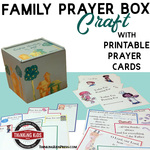
Get the Family Prayer Box Project FREE!
Teach your children to pray with this fun project that includes 7 printable sets!























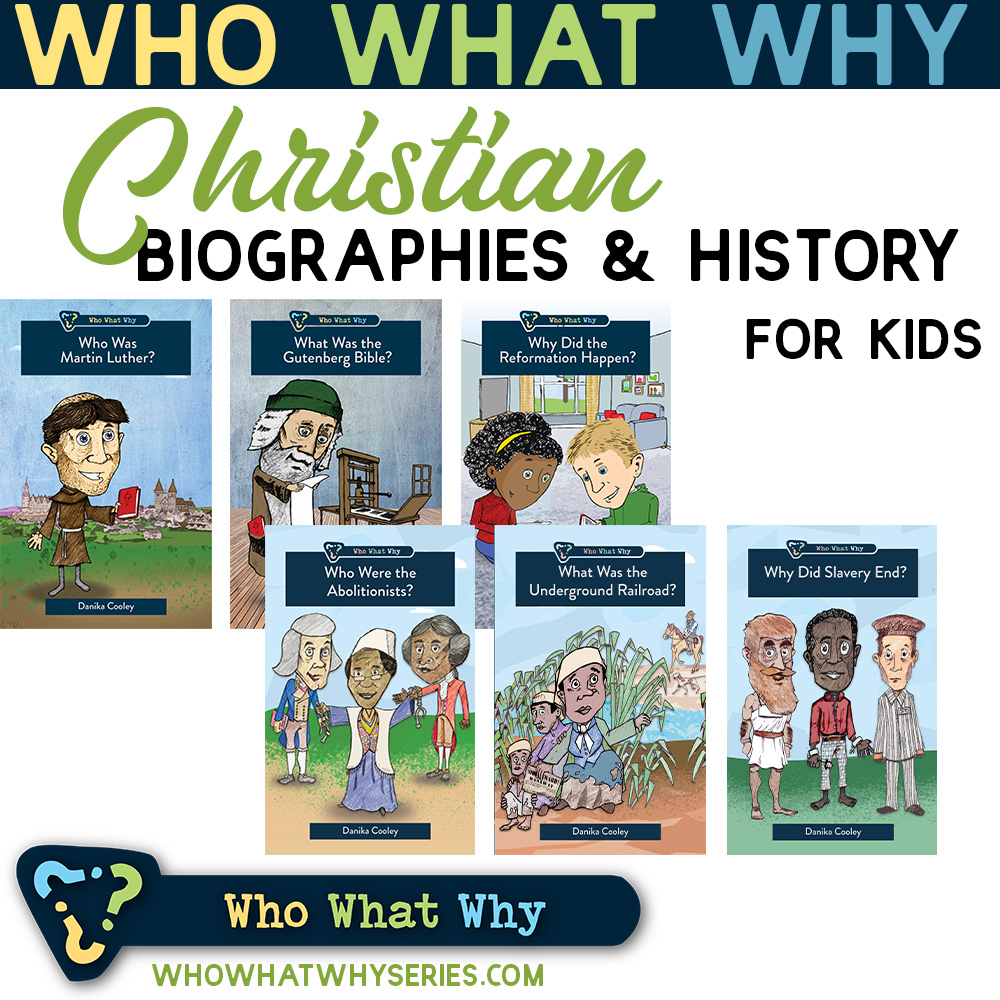




















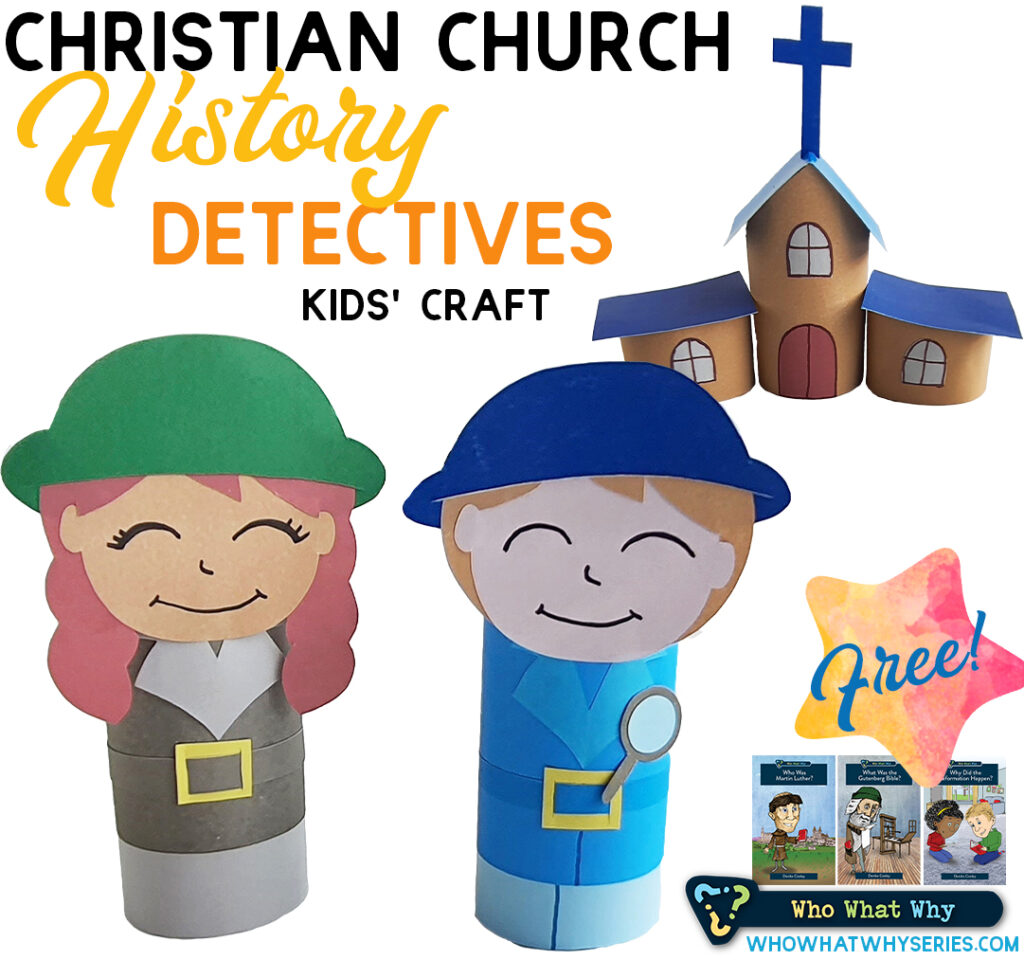
























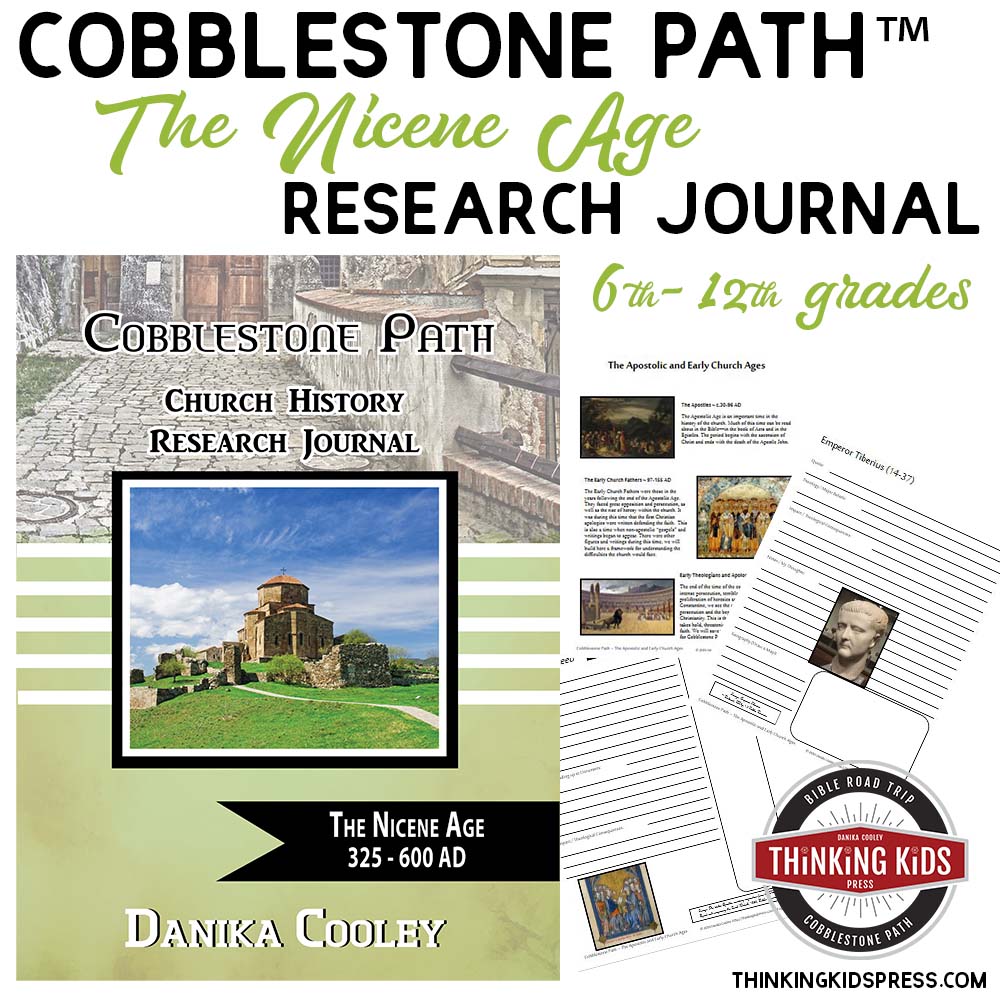





Leave a Reply